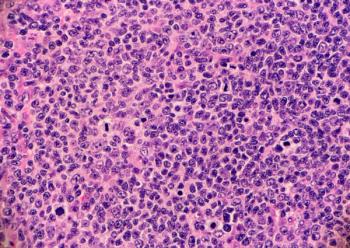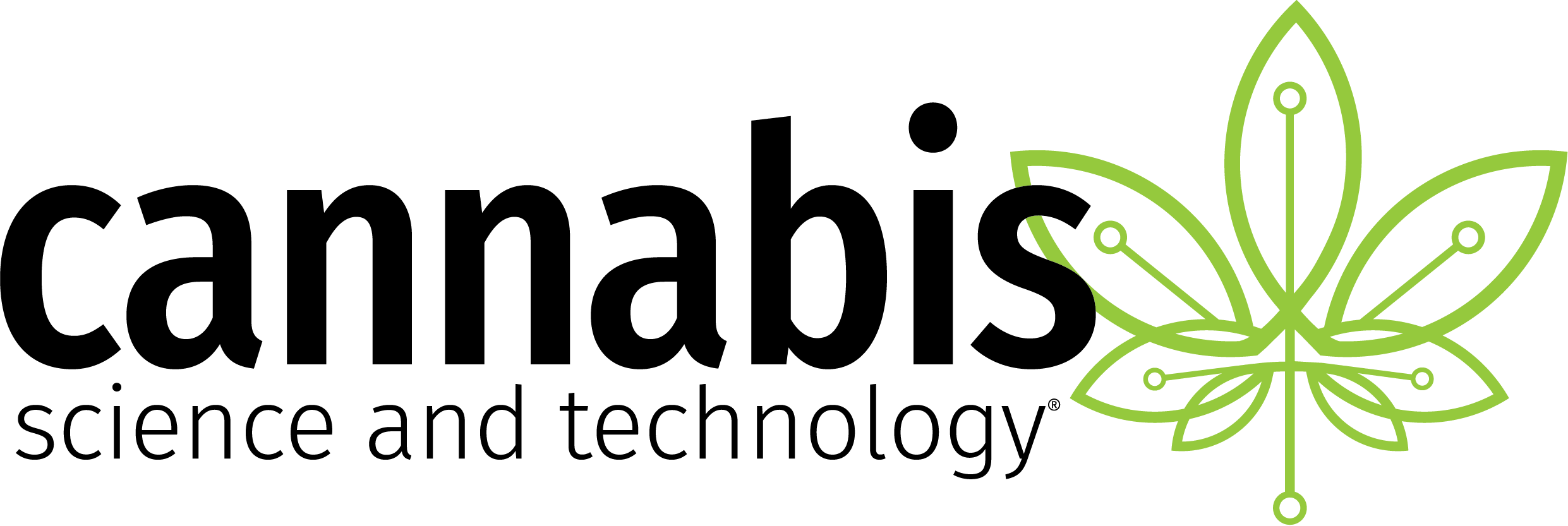Key Takeaways
- Early Combination Therapy Achieves Superior UACR Reduction. Simultaneous initiation of Kerendia (finerenone) and Jardiance (empagliflozin) led to a 52% reduction in urine albumin-to-creatinine ratio (UACR) at Day 180—outperforming either agent alone and signaling early additive benefits in chronic kidney disease (CKD) patients with type 2 diabetes.
- Clinical Data Supports Potential Shift in CKD Treatment Paradigm. Findings from CONFIDENCE, presented at ERA 2025 and published in NEJM, suggest that early dual therapy may offer more effective kidney protection and disease progression delay compared to monotherapy in patients with high comorbidity burden.
- Safety Profile Consistent Across Treatment Arms. No unexpected adverse events or new safety signals were reported with combination therapy, reinforcing its potential for broader adoption in clinical trials and future CKD/T2D treatment strategies.
New results from the Phase II CONFIDENCE trial (NCT05254002) presented at the 2025 European Renal Association Congress and published in The New England Journal of Medicine (NEJM)show that simultaneous initiation of Kerendia (finerenone; Bayer) and Jardiance (empagliflozin; Boehringer Ingelheim and Eli Lilly and Company) significantly improved kidney function markers in patients with chronic kidney disease (CKD) and type 2 diabetes (T2D).1-3
Early Combo Therapy with Kerendia and Jardiance Shows Superior Kidney Protection in CKD and T2D Patients
These findings indicate the potential of early combination therapy in more effectively delaying kidney disease progression and lowering urine albumin-to-creatinine ratio (UACR) in this high-risk population with a manageable safety profile, according to trial investigators.
“The CONFIDENCE study delivers clinical evidence that simultaneous initiation of finerenone and empagliflozin led to an early and additive reduction in UACR of 52% in patients with chronic kidney disease and type 2 diabetes, which was significantly greater than with either treatment alone,” study steering committee chair Rajiv Agarwal, MD, Professor Emeritus of Medicine, Indiana University School of Medicine and VA Medical Centre, said in a press release. “Given that UACR is an important mediator of kidney and cardiovascular outcomes, these findings provide key insights to clinicians when considering how to optimize disease management, supporting the early combined use of finerenone and an SGLT-2 inhibitor for a positive impact on patient outcomes.”3
Mechanism of Action and Regulatory Context for Kerendia and Jardiance
Kerendia is a non-steroidal, selective mineralocorticoid receptor antagonist under evaluation in a broad patient population with CKD associated with T2D. The drug is currently indicated to lower the risk of sustained estimated glomerular filtration rate (eGFR) decline, end stage kidney disease, cardiovascular death, non-fatal myocardial infarction, and hospitalization for heart failure (HF) in adults with CKD associated with T2D.
Jardiance has previously been approved to lower the risk of cardiovascular death (CVD) and hospitalization in adults with HF; to lower the risk of further worsening of kidney disease, end-stage kidney disease, death from CVD, and hospitalization in adults with CKD; to lower the risk of CVD in adults with T2D with known cardiovascular disease; and to reduce blood sugar in conjunction with diet and exercise in patients aged 10 years older with T2D.4
“Current medical management in persons with chronic kidney disease and type 2 diabetes includes the use of renin–angiotensin system blockers, sodium–glucose cotransporter-2 (SGLT2) inhibitors, finerenone (a nonsteroidal mineralocorticoid receptor antagonist), and glucagon-like peptide-1 receptor agonists,” the study authors wrote in NEJM. “All these therapies aim to reduce the risk of chronic kidney disease progression and cardiovascular complications. Secondary analyses of clinical trials of finerenone have shown that reductions in the urinary albumin-to-creatinine ratio with finerenone were not modified according to background use of SGLT2 inhibitors, which suggests that finerenone may have potential additive effects for reducing the urinary albumin-to-creatinine ratio and related outcomes.”1
CONFIDENCE Trial Design, Patient Criteria, and Dosing Regimens
The double-blind, randomized, active-controlled CONFIDENCE trial evaluated Kerendia monotherapy, Jardiance monotherapy, or combination therapy with Kerendia. Investigators enrolled patients with CKD (eGFR 30 to 90 ml per minute per 1.73 m2 of body-surface area), albuminuria (a urinary albumin-to-creatinine ratio of 100 to ≤5000 [with albumin measured in milligrams and creatinine measured in grams]), and T2D who were receiving treatment with a renin–angiotensin system inhibitor.
Patients were randomly assigned in a 1:1:1 ratio to receive Kerendia with a Jardiance-matching placebo at a dose of 10 or 20 mg per day (n = 258), Jardiance at a dose of 10 mg per day with Kerendia-matching placebo (n = 261), or combination therapy with Kerendia plus Jardiance (n = 265).
Key Efficacy Outcomes: Comparative UACR Reductions Across Treatment Arms
Results show that at day 180, patients administered the combination therapy experienced a UACR decline that was 29% greater than patients administered Kerendia monotherapy (least-squares mean ratio of the difference in the change from baseline, 0.71; 95% confidence interval [CI], 0.61 to 0.82; P<0.001) and 32% greater than patients administered Jardiance monotherapy (least-squares mean ratio of the difference in the change from baseline, 0.68; 95% CI, 0.59 to 0.79; P<0.001).
“A reduction in the urinary albumin-to-creatinine ratio has been considered to be a key mediator of the effects of SGLT2 inhibitors on composite kidney outcomes and as a principal mediator of the effects of finerenone on composite kidney outcomes,” the study authors wrote in NEJM. “We speculate that, taken together, these data suggest that the reductions observed with combination therapy with empagliflozin and finerenone will probably correlate with meaningful reductions in the risk of progression of chronic kidney disease.”1
Safety and Tolerability Findings Support Broader Use
In terms of safety, none of the cohorts experienced any unexpected adverse events and no new safety signals were reported.
“The findings suggest that a proactive simultaneous initiation can deliver a substantial early and additive UACR reduction, which is associated with kidney and cardiovascular protection,” said Michael Devoy, MD, Bayer Pharmaceuticals Division Chief Medical Officer, in the release. “We are excited to share these important results with physicians, as they demonstrate that early combined use of finerenone and an SGLT2-inhibitor has the potential to improve long-term outcomes for millions of patients worldwide.”3
References
1. Agarwal R., et al. Finerenone with Empagliflozin in Chronic Kidney Disease and Type 2 Diabetes. N Engl J Med 2025. DOI: 10.1056/NEJMoa2410659.
2. A Study to Learn How Well the Treatment Combination of Finerenone and Empagliflozin Works and How Safe it is Compared to Each Treatment Alone in Adult Participants With Long-term Kidney Disease (Chronic Kidney Disease) and Type 2 Diabetes (CONFIDENCE). ClinicalTrials.gov. Updated March 18, 2025. Accessed June 9, 2025. https://clinicaltrials.gov/study/NCT05254002
3. Simultaneous treatment start with Finerenone and SGLT-2-inhibitor demonstrated positive data in patients with CKD associated with type 2 diabetes. News release. Bayer. June 5, 2025. Accessed June 9, 2025. https://www.bayer.com/media/en-us/simultaneous-treatment-start-with-finerenone-and-sglt-2-inhibitor-demonstrated-positive-data-in-patients-with-ckd-associated-with-type-2-diabetes/
4. Results announced from EMPACT-MI phase III trial investigating the effect of Jardiance® (empagliflozin) on risk of heart failure hospitalization and death in adults following a heart attack. Eli Lilly. News release. April 6, 2024. Accessed June 9, 2025. https://investor.lilly.com/news-releases/news-release-details/results-announced-empact-mi-phase-iii-trial-investigating-effect







.png)



.png)



.png)
.png)
